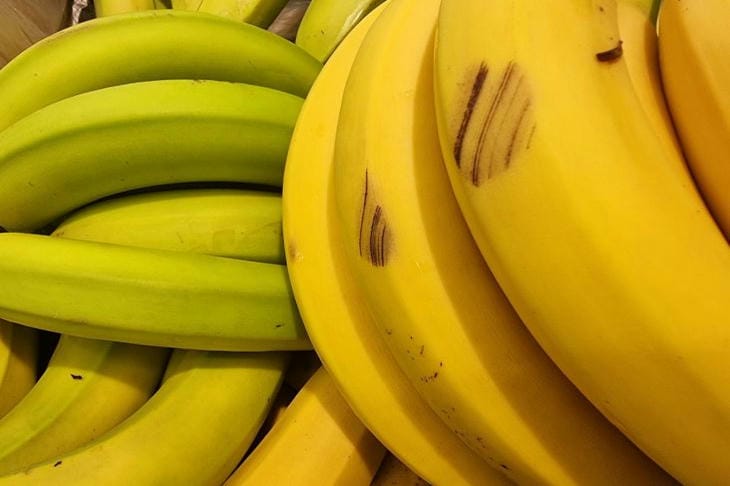Which Plants Like Banana Peel Fertilizer: Secrets of Using Natural Fertilizer
Banana peel is a natural source of nutrients for plants.
Its use as a fertilizer improves the growth and health of green plants, promoting lush flowering.
Banana peels are not just waste that goes into the trash.
For plant lovers, it is a valuable natural fertilizer, rich in potassium, phosphorus and calcium. These microelements are vital for healthy plant growth, flowering and fruiting.
Houseplants that require extra nutrition
Houseplants often need additional nutrition, especially if they are growing in the confined spaces of pots and vases.

Ficus, spathiphyllum, monstera and palm trees respond well to banana peel fertilizer. These plants are famous for their green mass, and the potassium contained in the peel helps strengthen the leaves and improve their color.
To feed the plants, banana peels can be cut into small pieces and buried in the soil at a shallow depth.
Another way is to make an infusion by pouring water over the peel and letting it sit for a few days. The resulting solution is used to water plants, enriching the soil with essential minerals.
Flowering Plants and Their Needs
Plants that delight their owners with their bloom require special attention to nutrition. Roses, orchids, geraniums, violets - they all respond positively to the addition of banana peels to the soil.
The high phosphorus content in the peel stimulates the development of the root system, which contributes to more abundant flowering.
This type of feeding is especially useful during the period of preparation of plants for flowering. Banana peel added to the soil a few weeks before flowering begins will help plants accumulate the necessary substances, which will have a positive effect on the quantity and quality of flowers.
Fruit-bearing plants and shrubs
Fruit-bearing shrubs and trees such as tomatoes, cucumbers, strawberries, and citrus fruits also benefit from banana peel fertilizer. Potassium, which is contained in the peel, promotes the formation of ovaries and improves the taste of the fruit.
For these plants, it is better to use banana peels in crushed form, mixing it with compost or adding it directly to the soil. Regular application of such fertilizer during the season will provide the plants with the necessary elements and significantly increase the yield.
Vegetable crops and banana peels
Vegetables grown in the garden or greenhouse also need additional nutrients.
Cucumbers, zucchini, potatoes, peppers - all these crops respond positively to banana peel fertilizer. The peel can be used both fresh and dried.
One of the most effective ways to use it is to add the peel to the holes when planting seedlings.
The peel decomposes gradually, providing plants with long-term nutrition. This is especially important for vegetables, which require a steady supply of microelements at all stages of growth.
Organic Gardening and Uses of Banana Peels
Recently, organic gardening has become increasingly popular, where the refusal of chemical fertilizers is compensated by the use of natural products.
Banana peels are an ideal option for those who want to grow organic vegetables, fruits and flowers.
The peel can be used as a composting component, adding it to other organic waste.
The resulting compost will be rich in potassium, phosphorus and calcium, which will provide plants with everything they need for full growth.
Additionally, using banana peels reduces waste and supports sustainable gardening practices.
